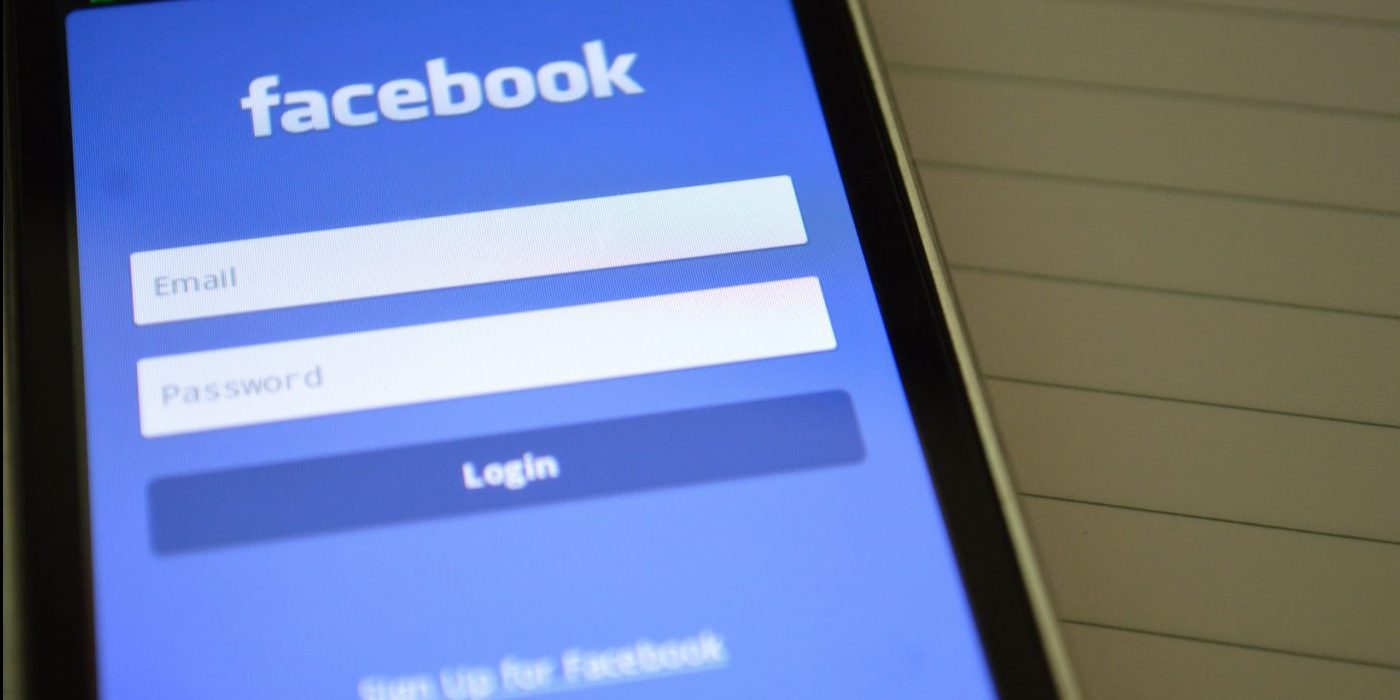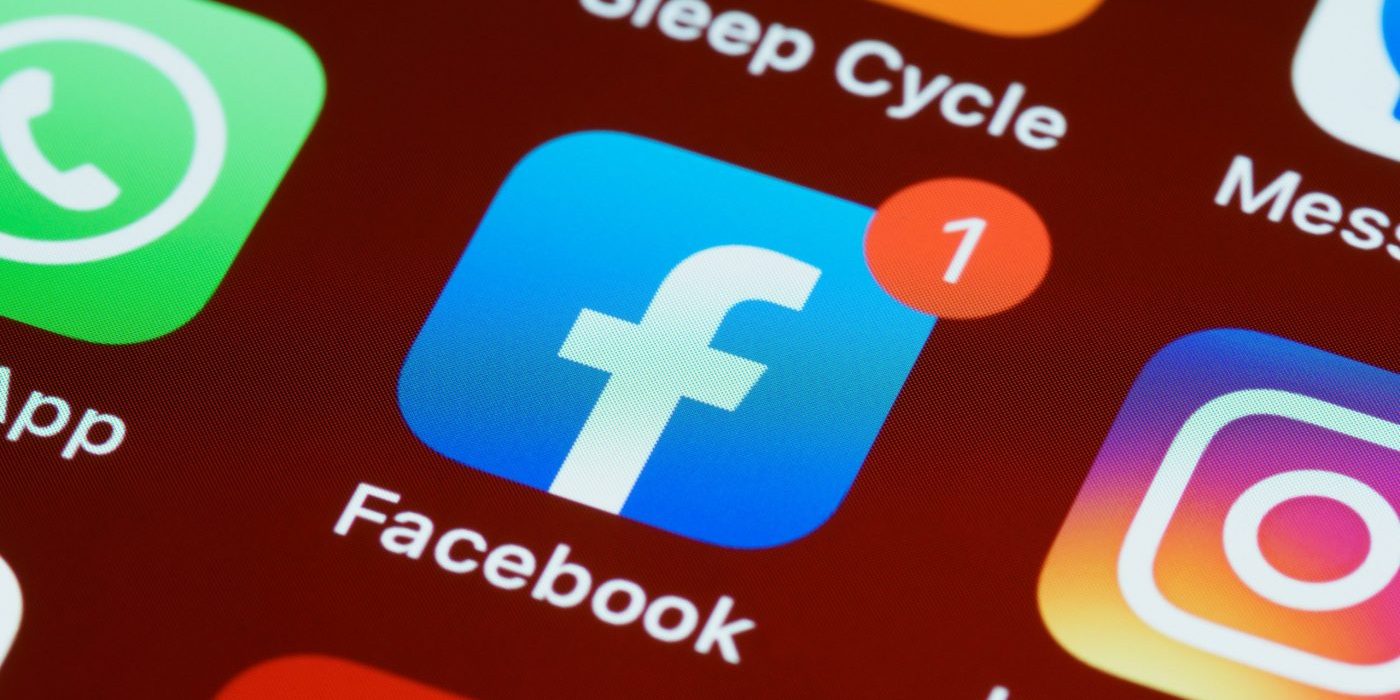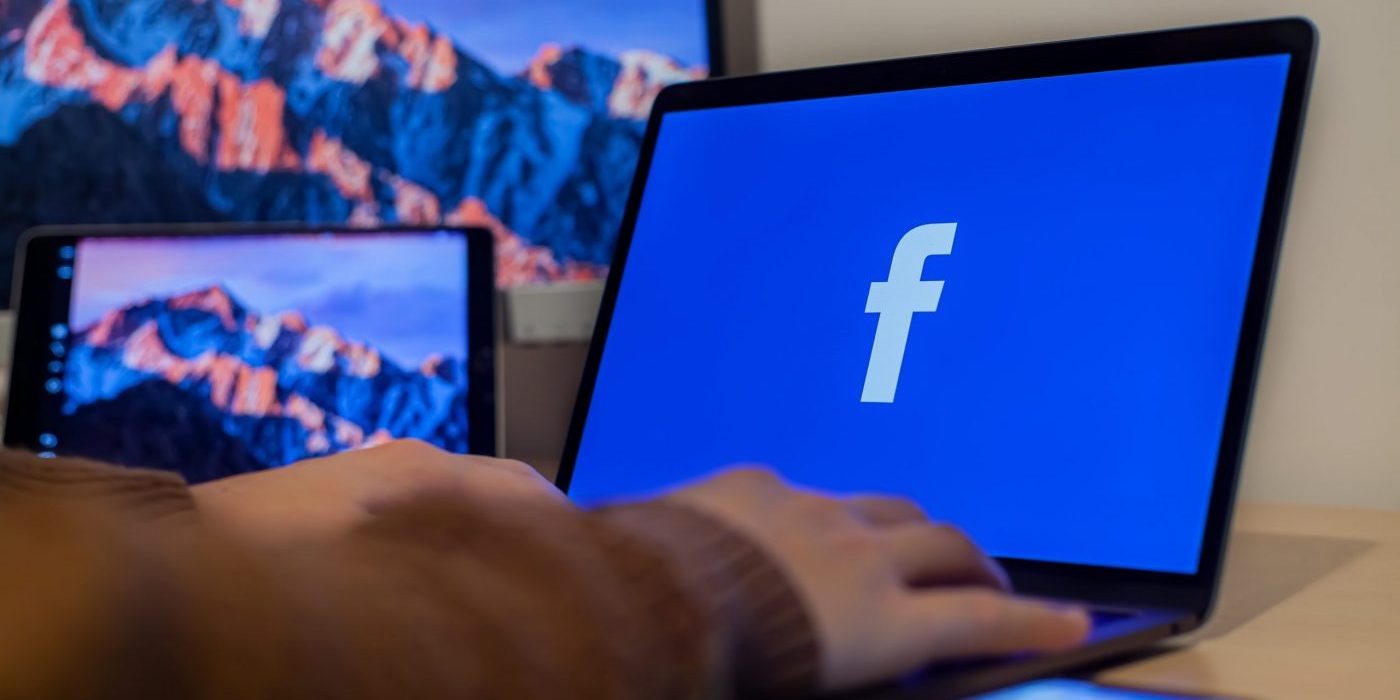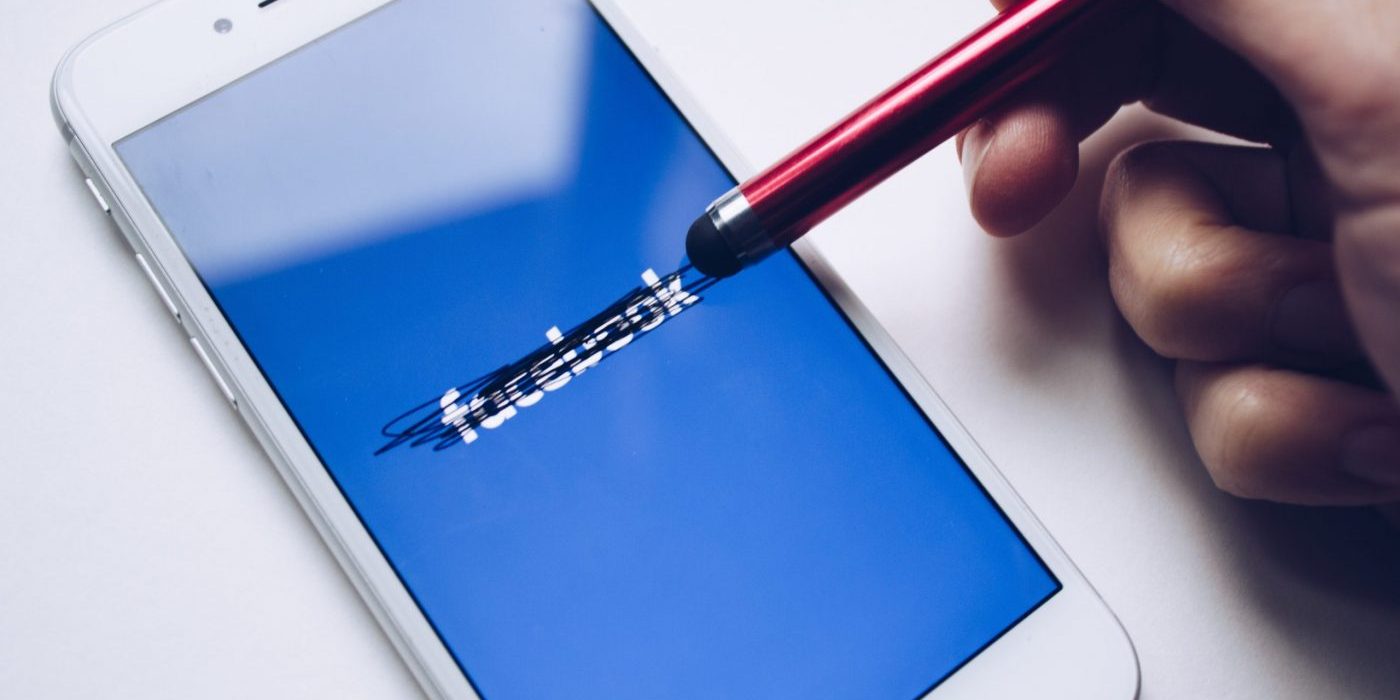
Long before Mark Zuckerberg ever sat down in the Supreme Court for doing dodgy things on Facebook, there was Tom from MySpace sat in front of a whiteboard, smiling, letting us know everything was cool. Tom from MySpace wasn’t dodgy. He wasn’t some meat-sweating alien. He was your friend. He gave you music recommendations and introduced you to coding. He sacrificed ad revenue for your user experience. It was a special time.
Between 2003 and 2008, MySpace was the most popular social network in existence. Founded by Tom Anderson and Chris DeWolfe, it became the most visited website in June 2006, surpassing the likes of Google. It was a hub of personalised profiles and independent music, launching the careers of Adele and the Arctic Monkeys.
Sadly, what goes up must come down, and MySpace came down hard. Meanwhile, Facebook reached heights never reached by a social media network before or since.
How? How did this online hangout fall by the wayside? Why didn’t it just move with the times like Facebook? All will be revealed.
Why was MySpace so great?

There are multiple things that made MySpace great. A lack of advertising, the ability to personalise your profile through coding, allowing users to embed videos and songs on to their page. MySpace was also a great platform for rising musicians. The likes of Adele, for example, were discovered through the site.
In order to make your MySpace page pop, you had to know what you were doing. Unlike Facebook, which does all the hard work for you, MySpace left the design with its users. To pull off some of the aesthetics we take for granted these days, you’d have to learn a bit of HTML and CSS. What might seem like a drag today was actually helpful back in the mid-noughties, introducing a generation to a line of work that would become highly lucrative. Wanted a particular song playing in the background as someone entered your profile? You’d have to code it. Wanted a snazzy background no one else has? You’d have to code it.
If you go to any Facebook profile today, the layout is identical. The only difference is the content itself. People loved MySpace because it encouraged users to be unique and to curate a page that truly fit their interests. This was a great tool for budding musicians and bands looking to make it big from MySpace. Tapping into the potential of online music way before Spotify or Soundcloud, Myspace was responsible for many household names gaining success, including Adele, Lily Allen, Calvin Harris, Owl City and Arctic Monkeys.
Today, social media platforms are designed to keep you on them for as long as they can. They do this to make sure you see as many ads as possible. In the glory days of MySpace, this wasn’t an issue as your friend’s posts were the main priority. Imagine that for a second. Close your eyes and imagine a mainstream social network free of advertisements and sponsored posts. Of course, that’s impossible today given that ads are responsible for most of any platform’s income. But for a few naïve years, MySpace users lived the dream.
Why did MySpace fail?

At its peak, MySpace was the biggest social media platform online, with over 75 million users a month. So why did it fail? As Facebook improved its product at a rapid rate with the introduction of the newsfeed, more and more users left MySpace. Though, Facebook becoming a better service wasn’t the only reason. The mismanagement of MySpace was also a huge factor.
In 2005, while Facebook was still trying to escape its morally questionable, hotness-rating days, MySpace was a bonafide giant of the online world. Media conglomerate News Corporation caught wind and bought the site for $580 million. In the beginnings, the guys over at News Corp reassured Myspace that nothing would change and that they wouldn’t interfere with the style and spirit of the site. Dear reader: they did. Sean Percival, former Vice President of Online Marketing at MySpace, said: “The reality was that as time went on, the corporate policies crept in. The lawyers came in, the accountants. Everything came in. As opposed to being this nimble, fast-moving sports car, they started to become slow … Politics, greed, all the horrible things that come with big corporations, slowly sort-of crept in.”
MySpace’s goal changed after its acquisition by Rupert Murdoch and co. They treated it as a media outlet rather than a digital platform. Going directly against MySpace’s ethos, News Corp seemed much more interested in maximising advertising revenue than in fixing or improving the site to rival the ever-growing Facebook.
MySpace, as a result, became flooded with intrusive ads, a lot of which led users to dodgy pages asking them to sign up for credit cards and other services. Money was haemorrhaged out of developer resources as a host of sections were created to try and generate ad revenue to meet News Corp’s unrealistic targets. A complete negligence of the MySpace community, and what they wanted for the site, led them away quicker than you can say Tom. As for the musicians? We now had Spotify and Soundcloud for that.
When did Facebook overtake MySpace?

Although Facebook overtook MySpace gradually over the course of a few years, it statistically surpassed its rival in worldwide unique visitors for the first time in May 2008, pulling in 123.7 million unique visitors over MySpace’s 114.6 million, and garnered 50.6 billion page views, compared to MySpace’s 45.4 billion.
The switch in numbers coincided with a strong year for Facebook. In January 2008, they unveiled plans to provide translated versions of the site, something that MySpace had done since 2006 by launching separate versions of the site users in other English-speaking countries such as the UK and Australia. At the time, MySpace had 29 localised versions, with office space in 20 different countries. Representatives said their aim was to build communities centred on regional culture as opposed to expanding the same model worldwide.
Facebook’s strategy was just that. Same model, different language. In June 2008, they debuted the Chinese and Russians versions of the site, bringing their multilingual facility at the time to around 20 languages.
A big investment from Microsoft also helped Facebook overtake MySpace. Following the funding 2008, it was valued $15 billion. That spring, the company recruited Elliot Schrage, vice president of global communications and public affairs at Google, to join its roster in a similar capacity, as a policy-focused PR genie.
How was Facebook different than MySpace?

As stated above, MySpace did not restrict membership in its network, allowed users to customise the very interface of their pages and continuously added features based on popular demand. It truly cared for its users. By the time Facebook launched at Harvard University in February 2004, MySpace had over a million users and was fast becoming the United States’ major social network.
Facebook differed from MySpace in that it adhered to Triadic closure, a principle that says if two people in a social network have a friend in common, then there is an increased chance that they will become friends at some point in the future. MySpace was a hangout site for pre-existing friends, whereas Facebook encouraged users to meet and engage with people they didn’t know.
Facebook was lucky to have a platform like MySpace, which it could monitor and keep tabs on what not to do. A big lesson Facebook learned was controlled growth. Avoiding the temptation that many social media sites before and since have fallen victim to, to grow very rapidly, Facebook began as a Harvard-exclusive network before expanding at a gradual pace.
It moved to other universities, high schools and corporate entities, requiring a verified email address. This, and the pristine, non-customisable design, let users know that Facebook was a safe and legitimate space to interact with others. Only in September 2006 did the platform open its membership to anyone aged 13 or older.
Is Facebook becoming obsolete?

As soon as any social media platform gains traction, people start wondering how long it’ll last. We have every right to be sceptical, given that Friendster, MySpace, Bebo, Vine, Google+, YikYak and many others died out prematurely. Facebook, however, has defied the odds. How? They used investor cash to buy out and neutralise competitors. For instance, when young people were feared to be leaving Facebook for Instagram, Facebook went and bought it. Piece of cake.
Facebook is not likely to become obsolete anytime soon but the figures aren’t looking good. After years of slowing US growth, Facebook experienced its first ever US shrinkage in February 2022 which brought about a $230 billion stock crash, the largest in global corporate history.
Although most of Facebook’s users are global, it’s the US users who generate far more profit. Losing one is very expensive. More importantly, as the US is Facebook’s home base, the US user base is its main tool in resisting US regulation, and in securing US support against lawsuits and regulatory ‘infringements’ abroad.
On top of that, Facebook was close to having its business model declared illegal under the European Union’s General Data Protection Regulation (GDPR). To keep such a scenario at bay, Facebook incurred huge capital expenditures and attempted to befriend European regulators. Europeans, of course, are Facebook’s second most valuable users. In April 2022, the EU set new rules for Meta to curb illegal content.